11 easy ways to make your house feel warmer that aren't turning the heating up
These 11 ways to make your house feel warmer are just what you need to get through this month
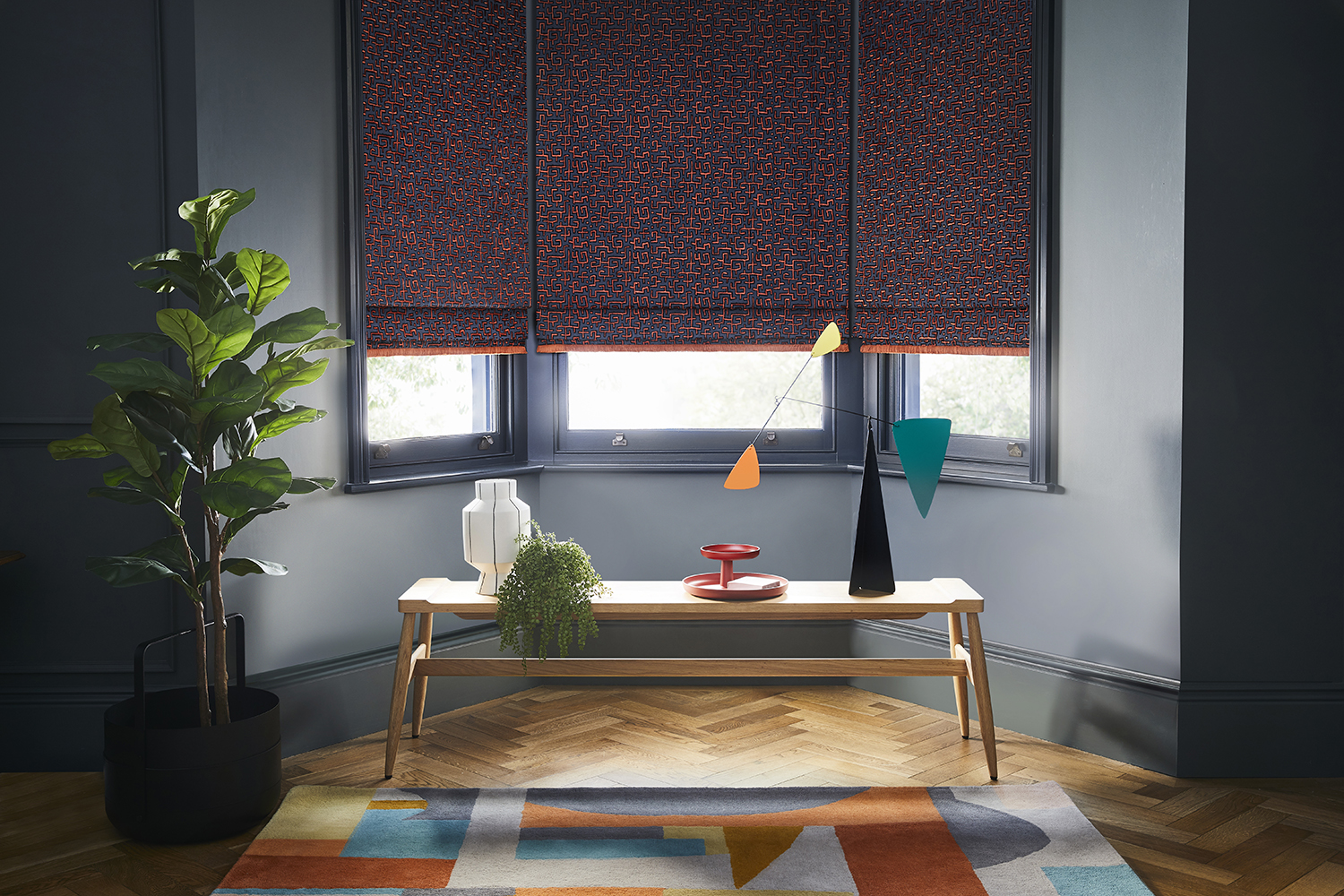
There are plenty of ways to make your house feel warmer, other than whacking up the thermostat - these tips will also bring savings to your energy bills and reduce your impact on the planet. What’s more, most of them you can do yourself at no or little cost - just as well given the soaring costs of energy bills.
No matter which of the various types of heating you have, the temptation is to run it for all it's worth right now. But there are some simple changes you can make around the home that won't add to fuel costs and will still make your home seem more cozy.
11 easy ways to make your house feel warmer
1. INVEST IN A DOOR CURTAIN
An opportunity to introduce some gorgeous color and texture and keep the heat in, a thermal curtain will prevent a lot of heat leaking out of your front or back doors and will make your home feel extra cosy in winter.
Amazon has a good selection of thermal curtains here.
If you've gone for underfloor heating then adding thick thermal curtains to the windows will increase the heat within the room. Just be careful if radiators are hung below windows, that the thermal curtains don't cover them - or take note of tip number 2, below.
2. Close your curtains in the right way
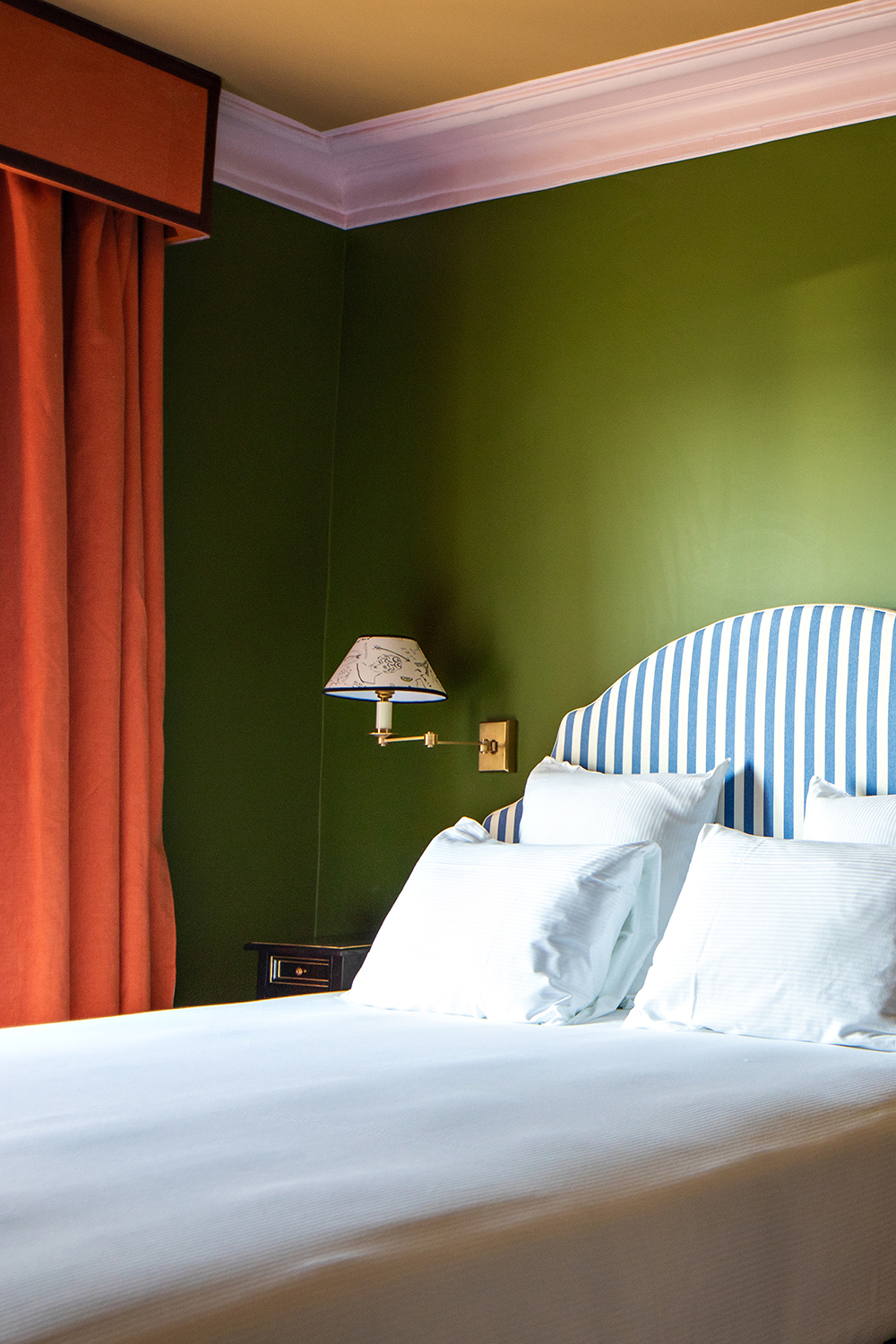
Chances are, you might have been doing it wrong all this time. Ian Preston of the Centre for Sustainable Energy not only recommends drawing all your curtains in your house as soon as dusk falls, but for radiators that sit beneath windows, he suggests tucking the curtains behind the radiators to stop the heat escaping. Admittedly, it might not look the neatest, but it will stop the curtains from absorbing all the heat long before it reaches the room.
3. Reflect - and uncover - the radiators
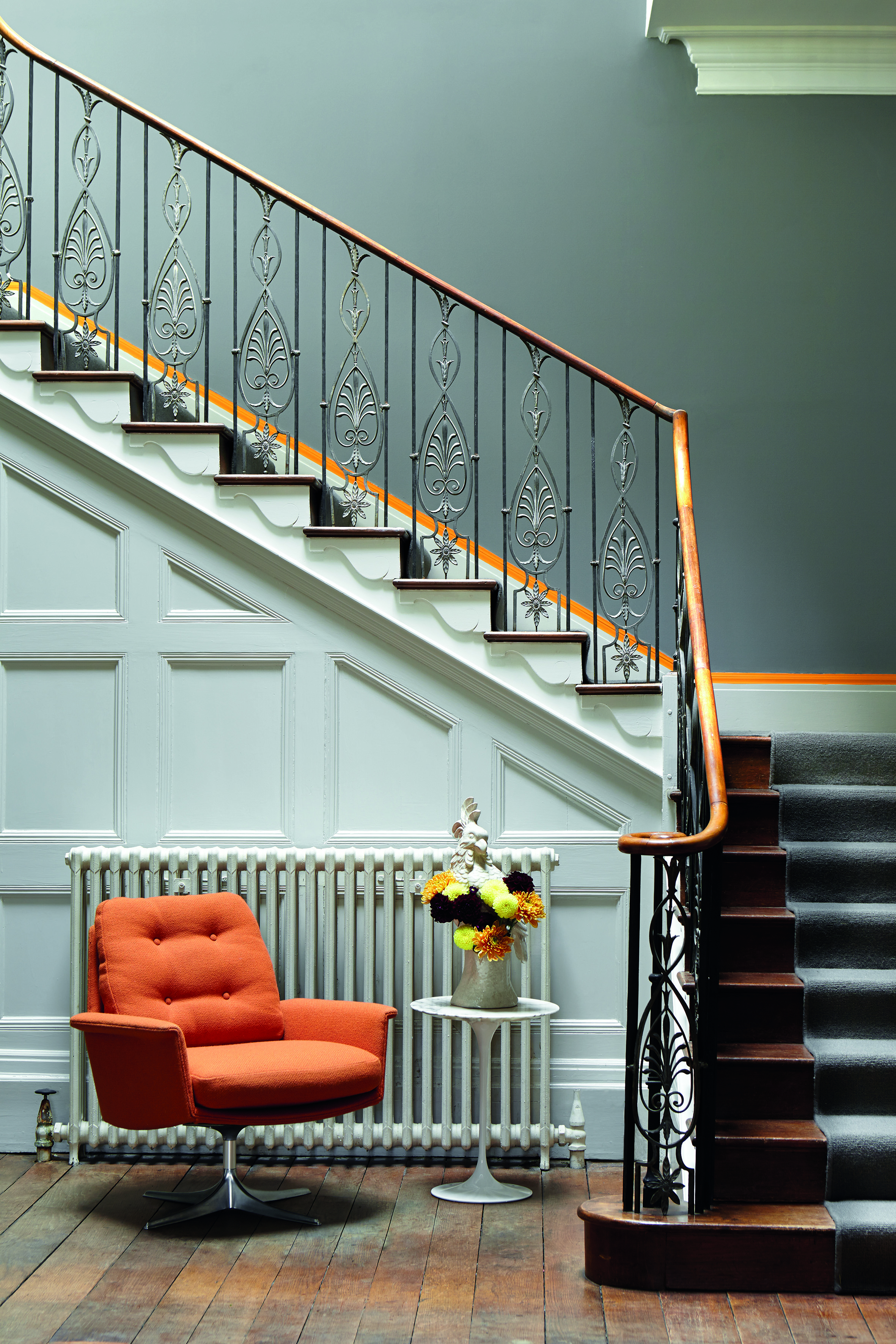
The best - and very doable, cost-effective - way of preventing your external wall absorbing all the heat is to install some reflector panels behind your radiators, advises Dr Chris Jardine, technical director of renewable energy installer Joju Solar. He also cautions against using radiators as clothes racks, which will reduce a radiator’s ability to heat and circulate the air. Similarly, furniture that is too close to a radiator - like this chair, above - will block the flow of heat. Yes, in winter, it's not about how to hide a radiator, but how to expose it the most.
The Livingetc newsletters are your inside source for what’s shaping interiors now - and what’s next. Discover trend forecasts, smart style ideas, and curated shopping inspiration that brings design to life. Subscribe today and stay ahead of the curve.
4. Choose rugs - or slippers
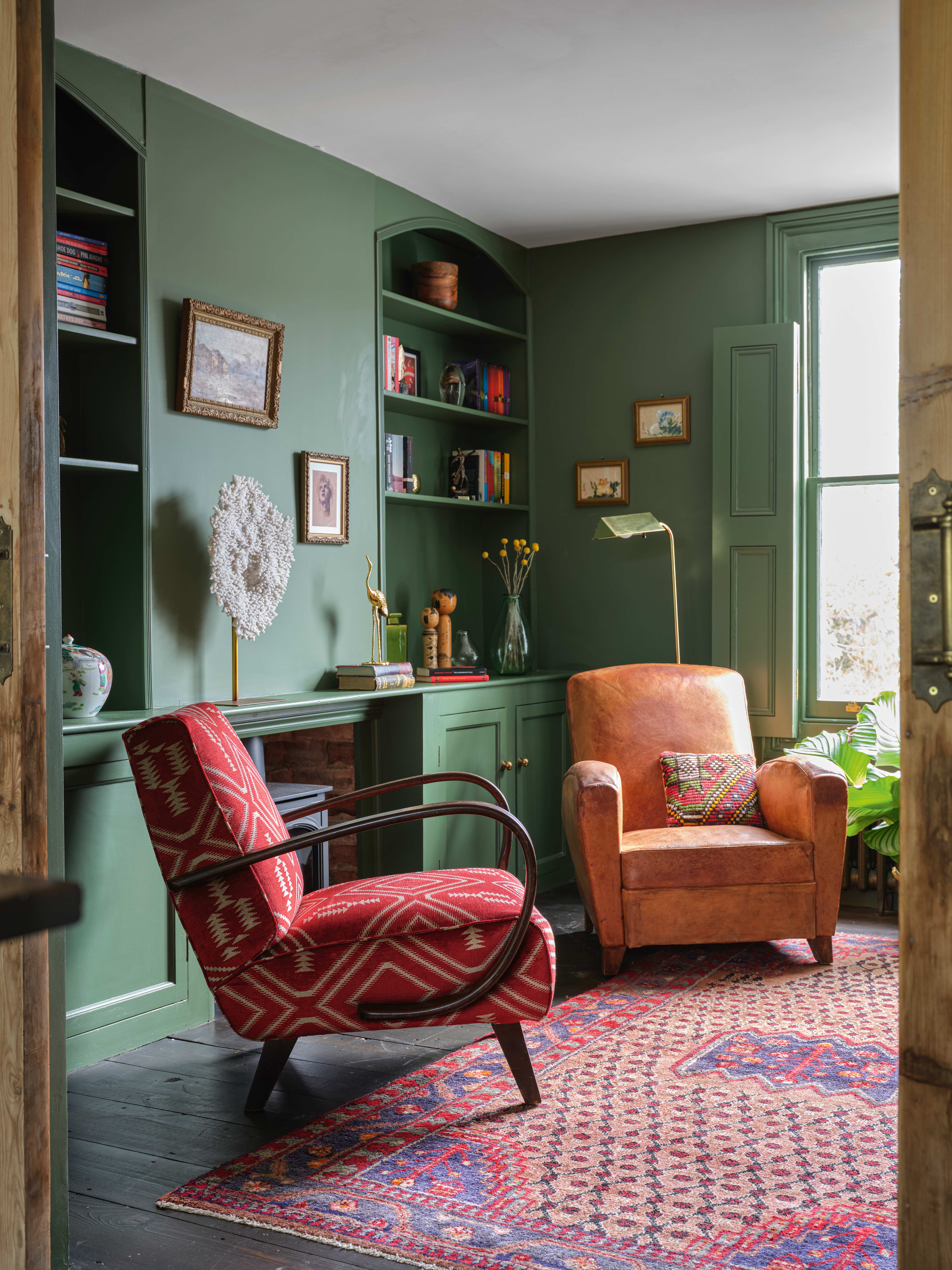
If your feet are warm, you’ll be less inclined to turn the heating up. Brian Horne of the Energy Saving Trust recommends keeping floors covered with rugs and carpets in order to keep your feet warmer. Equally, thick socks and cozy slippers will help.
5. Use a candle to detect drafts
If you want to know instantly where your draughts are, Ian recommends buying a smoke pencil (you could even use a candle, he adds. Just snuff it out near a windo and and see if the smoke drifts sharply aways from the glass). Can you rattle your windows? If so, a lot of heat will be escaping around the frames. Most of these gaps and cracks can be draft-proofed with a bit of DIY, says Ian - with foam strips, plastic seals or brushes. But, he warns, “Avoid over-draft-proofing windows in kitchens and bathrooms where moist air needs to escape. Otherwise you could end up with damp or mold problems.”
6. Make your own door snake
In need of a craft project for the kids? Get them to make their own door snakes - or sausage dogs, cats, or even a sublimely minimal bolster by sewing a long thin tube of fabric. It needs to be heavy enough to stay in place, so the best fillings would be dried pulses or rice. Line up your draught excluder on the inside of external doors.
7. Keep internal doors shut
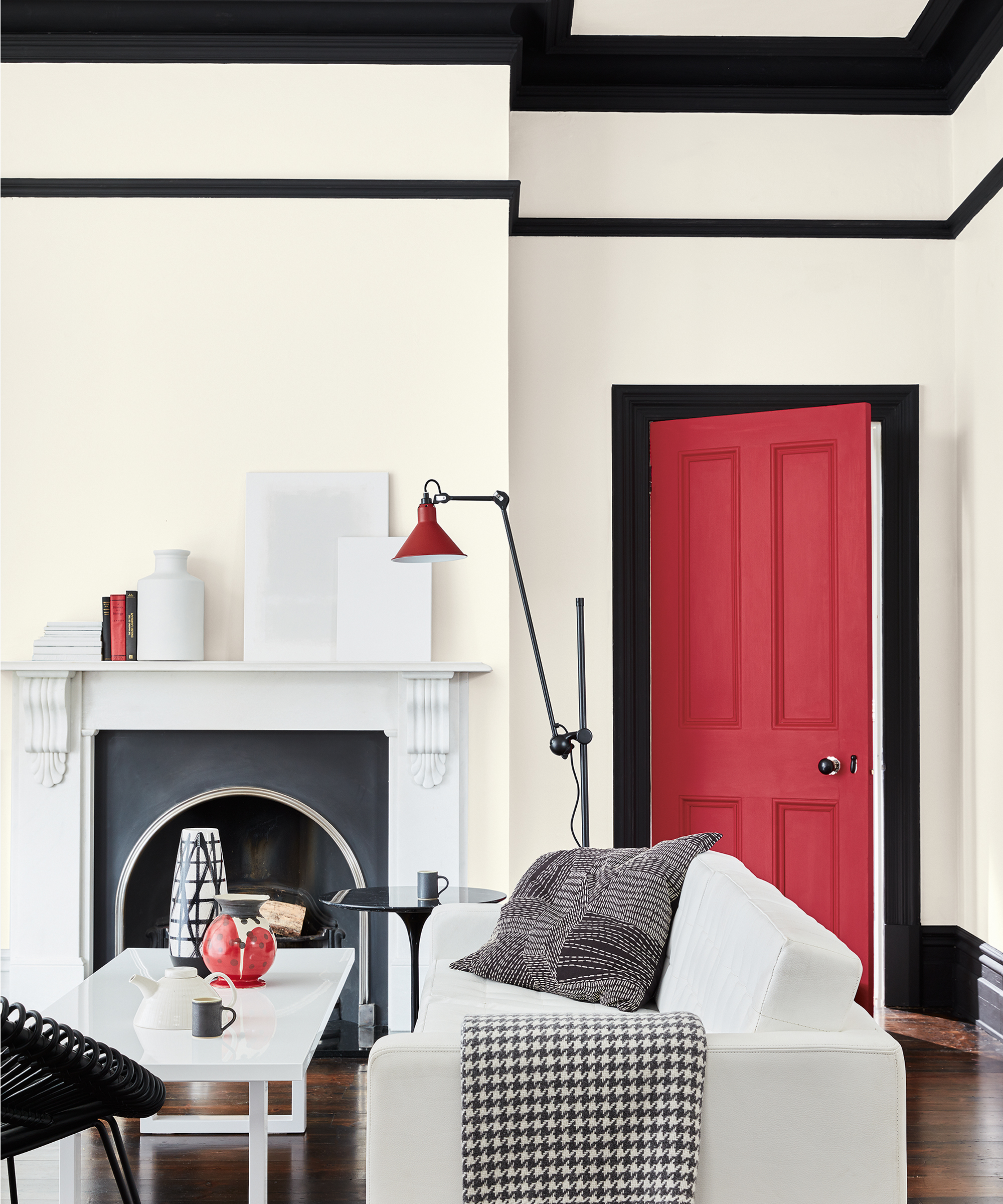
When you heat a building, the hot air pulls cold air towards it. Keep the heat where you want it by closing internal doors, especially with rooms that you don’t use so frequently. With these, you can turn down the thermostatic radiator valve (yes, get them installed if you don’t have them already, advises Joanna O'Loan of the Energy Saving Trust), and remember to keep the doors shut. If possible, keep doors that lead to hallways or stairs shut so that the heat doesn’t escape into these natural air passageways, which can act as chimneys, funnelling off the hot air.
8. Seal the chimney with plastic bags
“If you’re not using your fireplace, you could be letting in a lot of cold air through your chimney shaft," says Joanna O'Loan of the Energy Saving Trust. You could buy a “chimney sheep”, which is like a large felted umbrella, to keep the heat in, but, Ian adds, a plastic bag stuffed with other plastic bags will work just as well. “Remember to remove and let the air circulate in summer,” he says.
9. Detect the leaks
A visual representation of heat loss can be an effective way of identifying energy inefficiencies around your home. Thermal imaging cameras can be bought fairly cheaply, says Dr Chris Jardine. “You can even get ones that go on your phone.” Chris recently conducted an experiment using thermal imaging, which showed significant heat loss through the roofs of bay windows.
10. Check your cavity walls
Do you have cavity walls? If all the bricks are “side-on”, explains Chris, it’s a cavity wall; if some are “end-on”, it’s solid. There are some 7 million unfilled cavity walls in the UK, but adding insulation is an easy enough job, says Chris: “A good contractor can squirt in the foam in a day.” It may not be a cheap hack, but it will make a big difference to your home’s heat retention.
11. Insulate your loft hatch
“A lot of people forget to insulate and draught-proof their loft hatch, which is a very common area of heat loss,” Ian notes. He recommends fitting draught-excluding strips around the frame, and of course insulating the hatch itself. Bearing in mind that the biggest place for heat loss in a home is through the roof, you might want to improve your loft insulation throughout. “The optimal depth of fibreglass insulation is 12 inches,” says Chris, “though most lofts only have six inches”. He recommends investing in “loft legs”, which allow you to increase the insulation. If your loft is easy to access, isn’t damp and doesn’t have a flat roof, Brian says “you could probably insulate it yourself”.
Fleur Britten is a well-respected journalist who for years was the Senior Features Editor at Sunday Times Style. She is known as one of the smartest lifestyle journalists around, revered for being able to decode trends and report on new zeitgeists as they happen. She now writes for the Telegraph, Livingetc, Vogue, The Times, Harper's Bazaar and the Guardian.